jmille90 - Aug 28, 2012 11:01 am - Hasn't voted
ApproachHi, What is the approach to the route like? That's to say, the sections without cable? I've been climbing for many years and still get spooked by unprotected exposure. Is it a narrow trail with big exposure?
Thanks
Liba Kopeckova - Aug 28, 2012 11:39 pm - Hasn't voted
Re: ApproachI don't think is very exposed for this one. But there is another via ferrata with a spooky approach. Good luck.
Alex Wood - Sep 4, 2012 12:57 pm - Voted 10/10
SweetThe Via Ferrata was sweet, but I wish there was actually more "Via Ferataing" (if thats even a word. Most of it seemed like it was hiking. Still worth it though! Its a great idea. Word on the street says that there is another one going up on the Waterfall Wall
Liba Kopeckova - Sep 5, 2012 12:14 am - Hasn't voted
Re: SweetThanks Alex. I agree, most of it is walking, but those couple of short exposed sections make it really interesting.
beach girl - Jul 23, 2013 2:54 pm - Hasn't voted
advice for trip this monthI have been living in the mountains for 7 years now and have been getting into rock climbing. I am thinking of doing this hike with my friends. Some of which are rock climbing guides. I am not as technically good as they are but I enjoy the sport. Liba I noticed you said your son has a fear of heights as do I. But rock climbing has help with that fear tremendously since I have the security of the harness. However, the fear is still there. I would love to do this and I have no doubt that this would be the toughest thing I would have to endure as far as my fear goes. One of my concerns is my height. At 5'3" do you think it would be doable with the far hand or foot reaches? Do you think that will be a major issue for me? I have looked at a bunch of pictures but it is hard to see what the foot holds and hand holds look like? Is is mostly the iron bars to hold or are there plenty of natural foot and hand holds along the horizontal traverse? If you slip along the traverse is it hard to get back up to the route with the hand holds since the straps holding you are 4 feet? What kind of shoes are best for this hike? It looks like in most pictures people have regular shoes on. I have all the appropriate professional gear for this it is just a matter of conquering a fear and my height of 5'3".
Liba Kopeckova - Jul 23, 2013 10:33 pm - Hasn't voted
Re: advice for trip this monthHi, I don't think your height will be a problem. Make sure that your friends have you well secured... most people here do not own a specific via ferrata set. It is mostly an exposed hike with sections of metal rods and bars, at some places it can feel a little bit like rock climbing, at some places you have to step on those metal bars.
Don't look down... Trust yourself and your friends.... And enjoy the views... Good luck.
Aaron Ihinger - Jun 26, 2014 12:04 pm - Hasn't voted
in winter, at long last . . .Hi Liba,
Please know that although I was formerly known as the "San Juaneer," I have been Aaron all of my life, and I was unable to login under my old account because my email address has changed, and SP does not have an option for that dilemma.?! I have had a crazy couple of years anyway, but here is a quick detail which is the same as it appears on the Blog-page of my new website,
http://www.alpineclimbinggear.com/
I don't yet have all of the gear available which I soon hope to, but check it out, and comment on my Blog-posts if you like . . . .
After completing many traverses of Telluride’s Krogerrata in all of the other three calendar seasons, I had waited for reasonable winter conditions for four years, and then three friends and I finally had proper conditions on Friday the 13th, in January of 2012. We parked at the winter road closure, next to the Pandora Mill, and hiked two switchbacks up the road, then traversed left over to Marshall Creek, and skirted up its right side to the old Marshall Creek road. We followed this road up for a few more switchbacks, and then kick-stepped up the Good Book couloir, and onto the Krogerrata. This is about 1,000 feet of gain, but it is a nice introduction for the traverse. I have never even done this line from east to west anyhow, so this is how I am inclined to do it in any month, or season of the year. Avalanche conditions were benign, and although much of the approach trail was snow-covered, it still went very well for us. We roped up as two separate parties of two, just in case, but we successfully crossed each of the snow fields along the approach. We scurried across all of the cabled sections out in the sunshine, including “the Main Event,” and then we descended the only snow slope which even reaches the Krogerrata out alongside of the Pipeline Wall. 1,000 feet of descent brought us back to the vehicle in less than two miles round-trip, for a fun half-day winter tour that was well-worth waiting for.
Liba Kopeckova - Jun 26, 2014 4:13 pm - Hasn't voted
Re: in winter, at long last . . .wow… thanks for the information. Sounds like a nice trip. I still have not ventured back, so many things to do…
Hope your knees are well. Liba
Aaron Ihinger - Jun 26, 2014 6:39 pm - Hasn't voted
Re: in winter, at long last . . .Thanks Liba,
The knees are doing well, though it's the foot which could have used a better diagnosis. $130K was not enough for a radiologist (who shall remain nameless) at St. Mary's Hospital in G.J. to even bother looking at my X-rays. He told me that I had a "sprained ankle," and no broken bones in my foot. I was a general contractor in Mountain Village, and even I could see that four bones were snapped in half when I saw the x-rays 3 months (to the day) later. I am just venting because I really miss my climbing . . . However, I am doing well back in college, with a 3.97 in my sophomore year at Ashford University (online). I have only received one A- in the last 14 months. Now I just need some income in the meantime to balance it all out.
I think that I saw a really nice photo from the Czech Republic which you had posted just a couple of days back. I guess that it is already tomorrow over there.
Thanks for the well-wishes (from the future)!
Aaron
solo - May 24, 2015 4:06 pm - Hasn't voted
spring 2015 trail conditionsJust completed the traverse today. 35 minutes from road to canyon. Still some snow on the trail and two snow filled draws at the very end that were quite treacherous to traverse with fatal runout.
Nelson - Nov 7, 2018 10:54 am - Hasn't voted
Golden Gate BridgeHi Liba,
I don't get on SP much these days but happened to be here and saw this on the front page.
In 1974 I lived in the same house with Chuck Kroger in East Oakland. I was one of the people who climbed the Golden Gate bridge with him, so it was fun to see that mentioned here. We started at the Presido and went to the top of the southwest tower.
He had recently completed the first ascent of the Heart Route and I was in awe of him. Amazing guy.


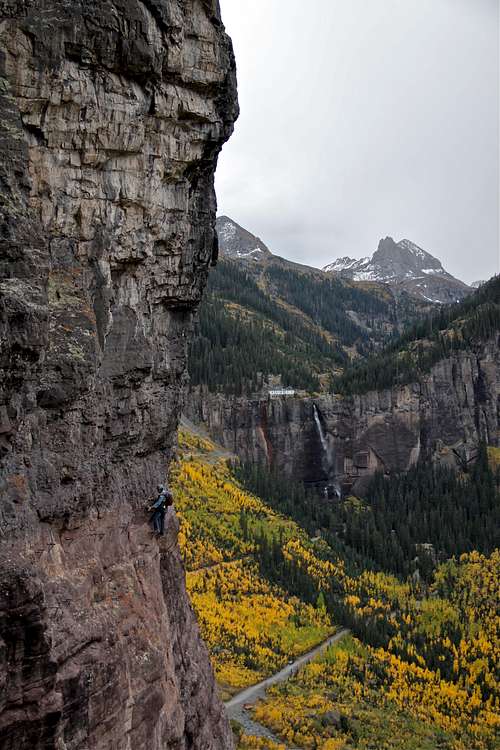
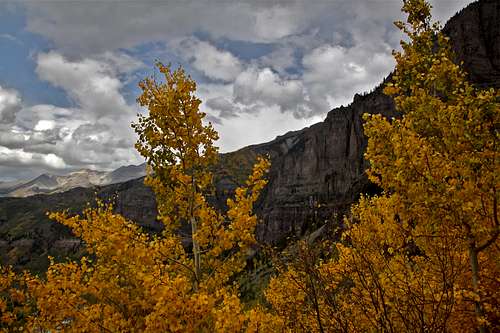
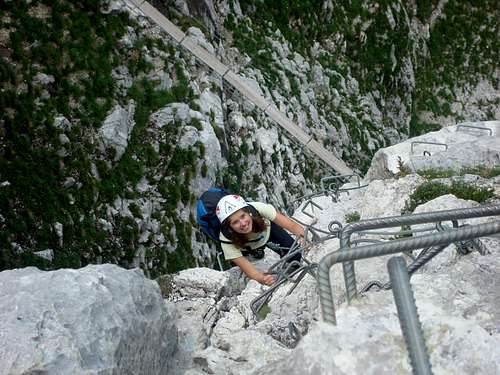
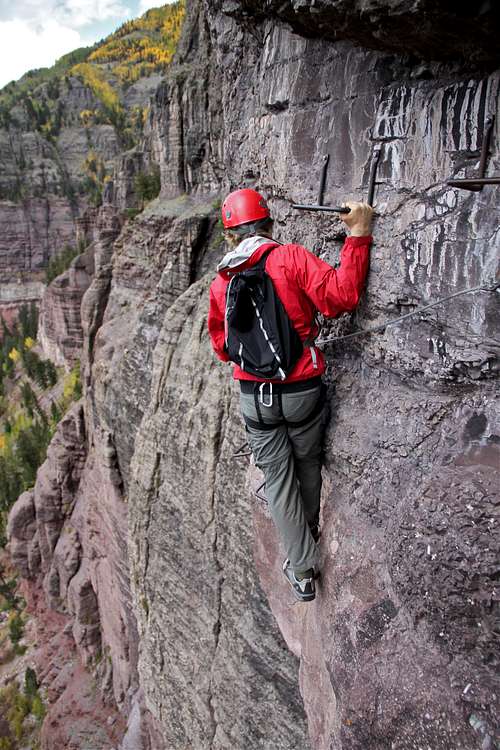
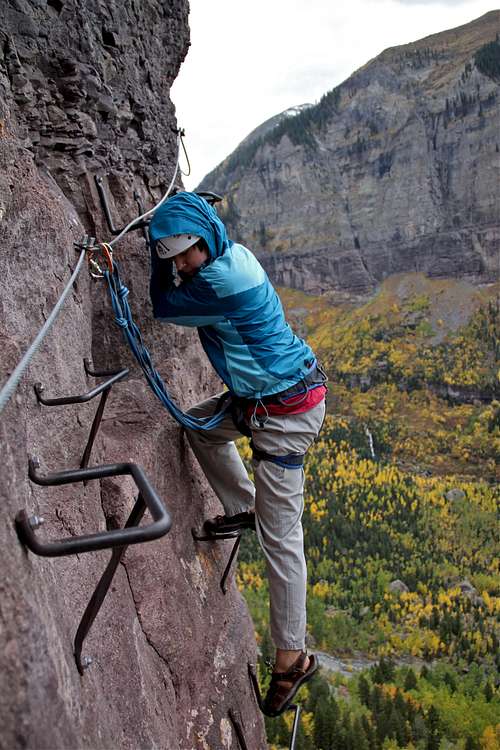
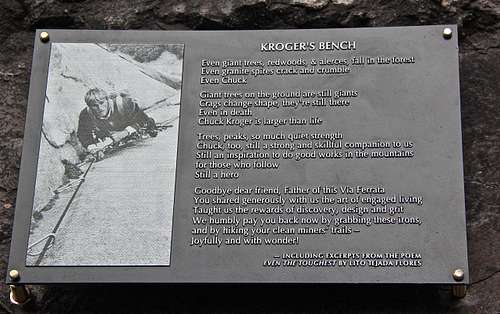


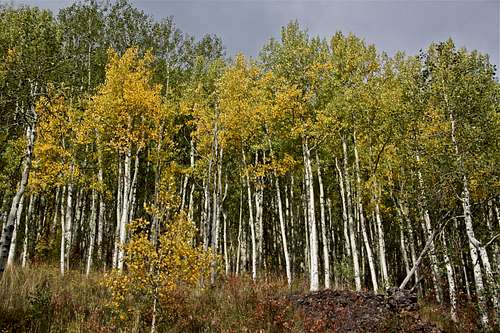
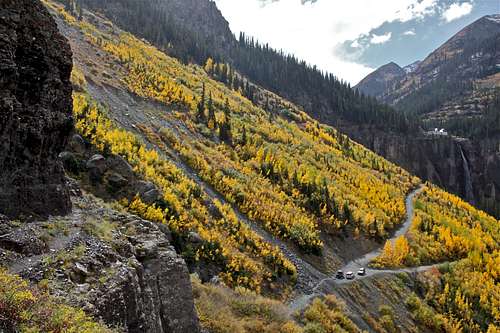
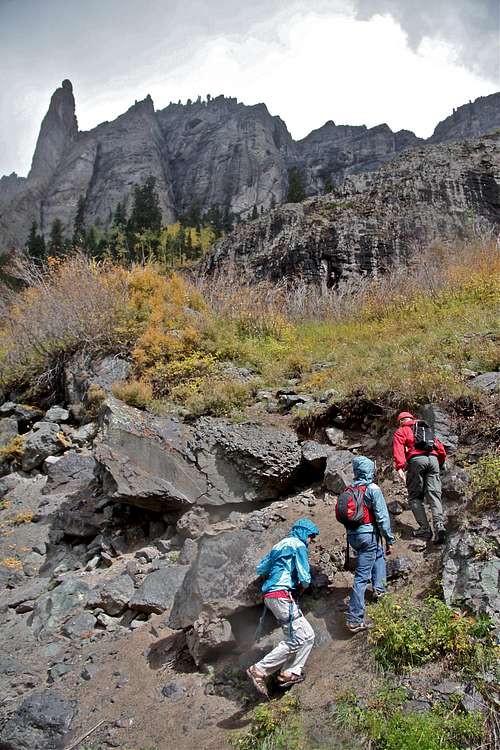
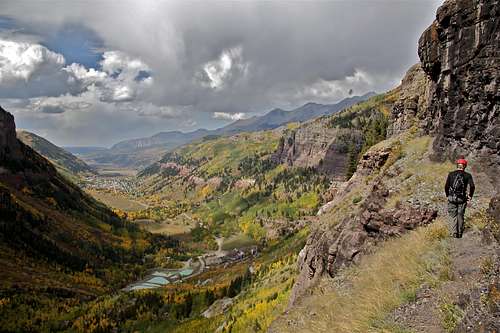
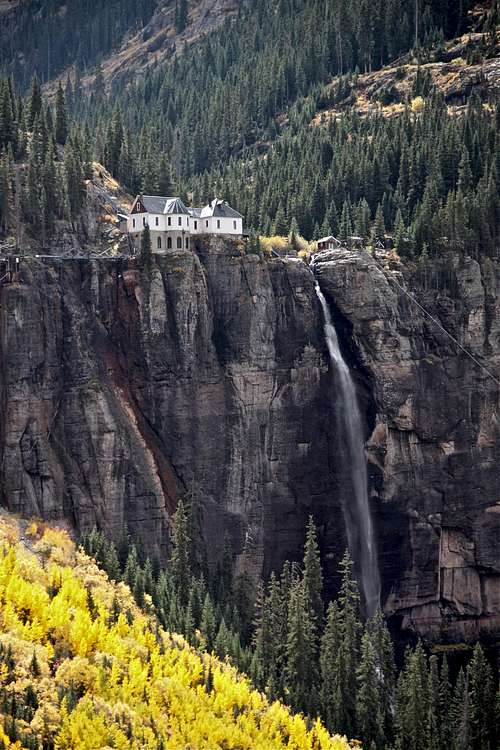
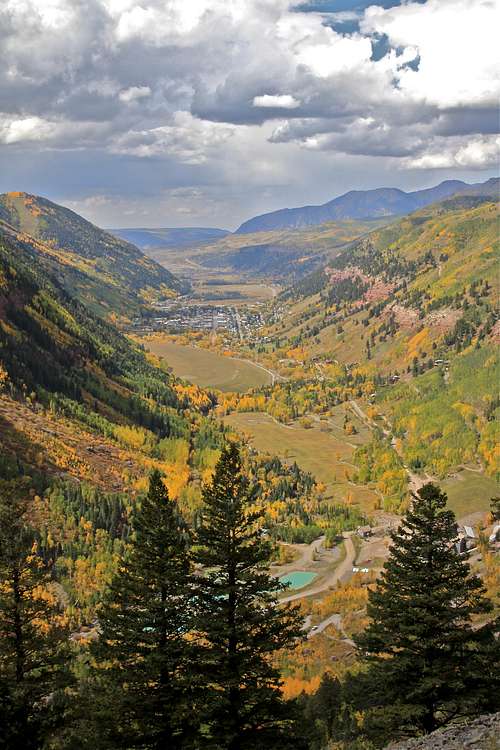
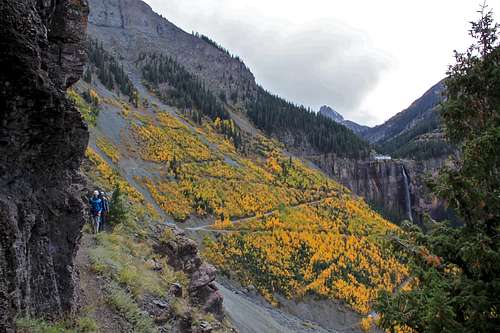
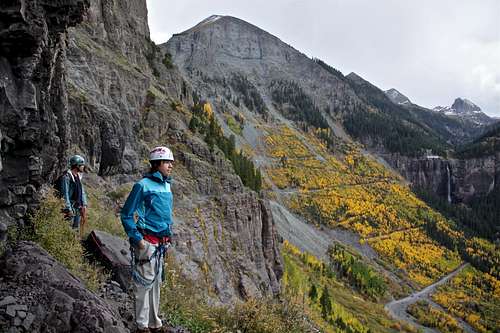
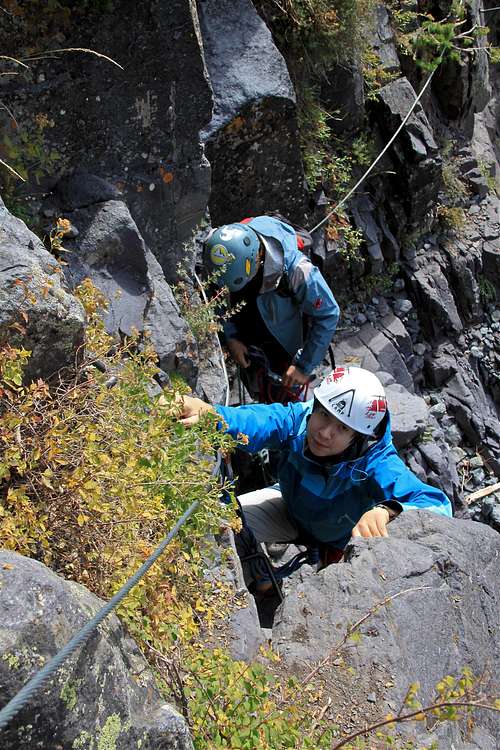
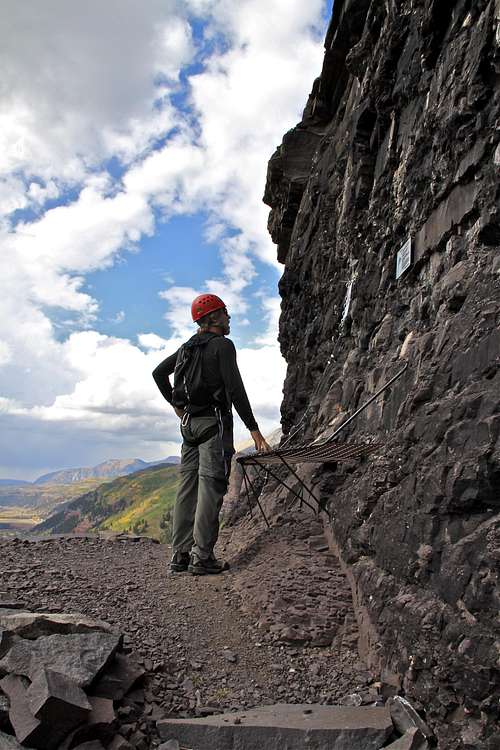
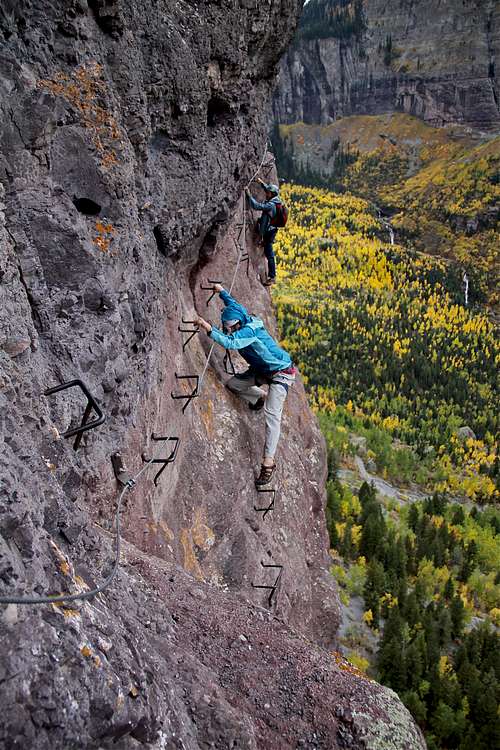
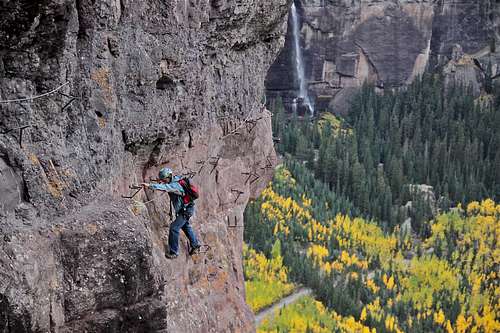

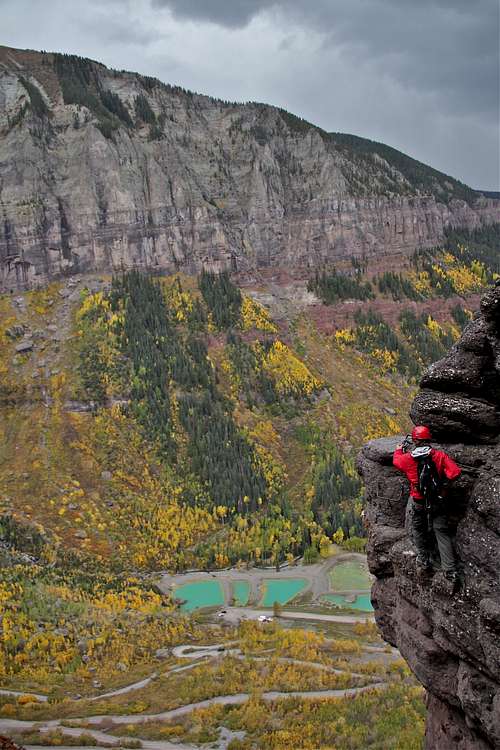
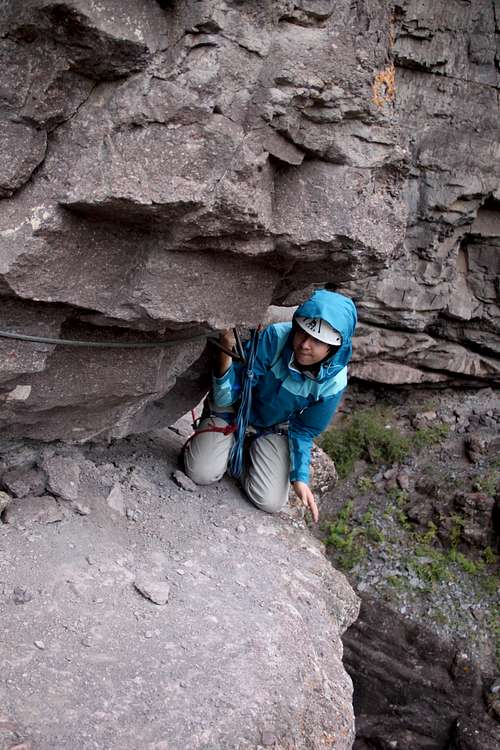
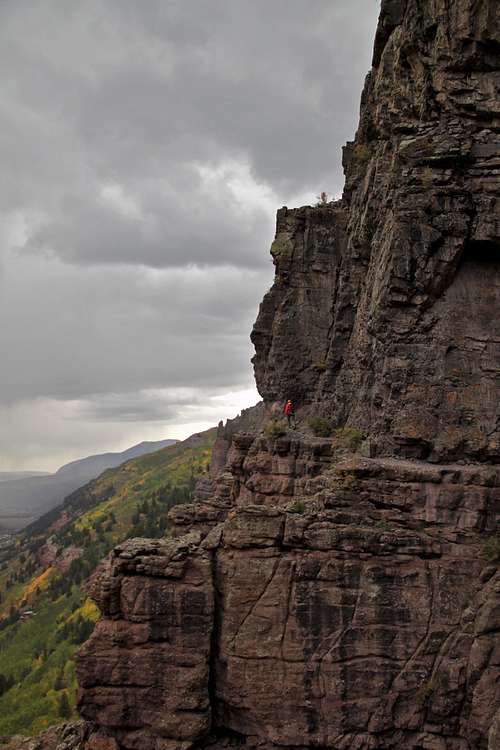
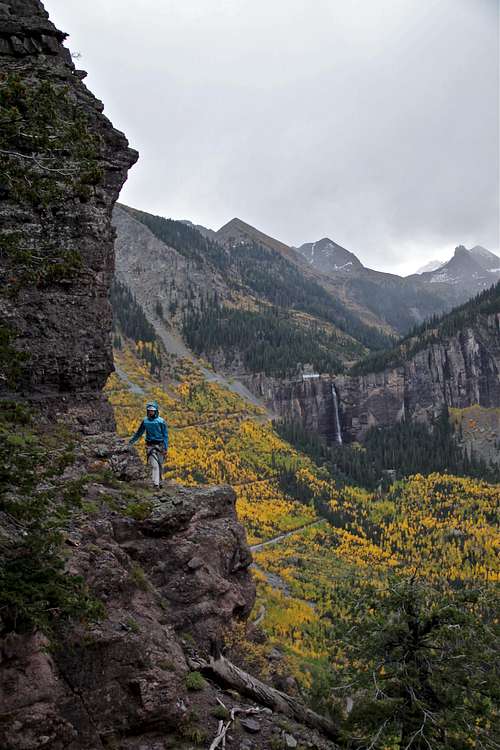




Comments
Post a Comment